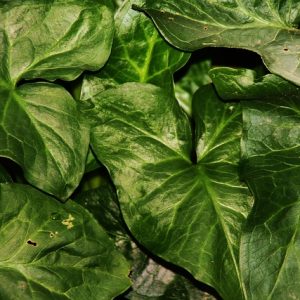How Is It Used?
This fruit has many uses. It’s used for cooking, health and household purposes.
Cooking Uses
Tamarind pulp is widely used for cooking in South and Southeast Asia, Mexico, the Middle East and the Caribbean. The seeds and leaves are also edible.
It is used in sauces, marinades, chutneys, drinks and desserts. It’s also one of the ingredients of Worcestershire sauce.
Medicinal Uses
Tamarind has played an important role in traditional medicine.
In beverage form, it was commonly used to treat diarrhea, constipation, fever and peptic ulcers. The bark and leaves were also used to promote wound healing.
Modern researchers are now studying this plant for potential medicinal uses.
The polyphenols in tamarind have antioxidant and anti-inflammatory properties. These can protect against diseases such as heart disease, cancer and diabetes.
The seed extract may also help lower blood sugar, while the pulp extract may help you lose body weight and reverse fatty liver disease (1).
Home Uses
Tamarind pulp can also be used as a metal polish. It contains tartaric acid, which helps remove tarnish from copper and bronze.
Bottom Line:
Tamarind is used as a flavoring in many dishes. It also has medicinal properties and can be used as a tarnish remover.
It Is High in Nutrients
Tamarind is high in many nutrients. A single cup (120 grams) of the pulp contains (2):
Magnesium: 28% of the RDI.
Potassium: 22% of the RDI.
Iron: 19% of the RDI.
Calcium: 9% of the RDI.
Phosphorus: 14% of the RDI.
Vitamin B1 (thiamin): 34% of the RDI.
Vitamin B2 (riboflavin): 11% of the RDI.
Vitamin B3 (niacin): 12% of the RDI.
Trace amounts of vitamin C, vitamin K, vitamin B6 (pyridoxine), folate, vitamin B5 (pantothenic acid), copper and selenium.
It also contains 6 grams of fiber, 3 grams of protein and 1 gram of fat. This comes with a total of 287 calories, almost all of which are from sugar.
In fact, a single cup of tamarind contains 69 grams of carbs in the form of sugar, which is equivalent to 17.5 teaspoons of sugar.
Despite its sugar content, tamarind pulp is considered a fruit, not an added sugar — the kind that’s linked to metabolic syndrome and type 2 diabetes (3Trusted Source).
However, tamarind is pretty high in calories compared to many other fruit, which may be a problem for people who are trying to control calorie intake.
It also contains polyphenols, which are naturally occurring plant compounds that have health benefits. Many of them act as antioxidants in the body (1).
Bottom Line:
Tamarind contains vitamins, minerals, amino acids and beneficial plant compounds. It also has a lot of sugar.









Reviews
There are no reviews yet.